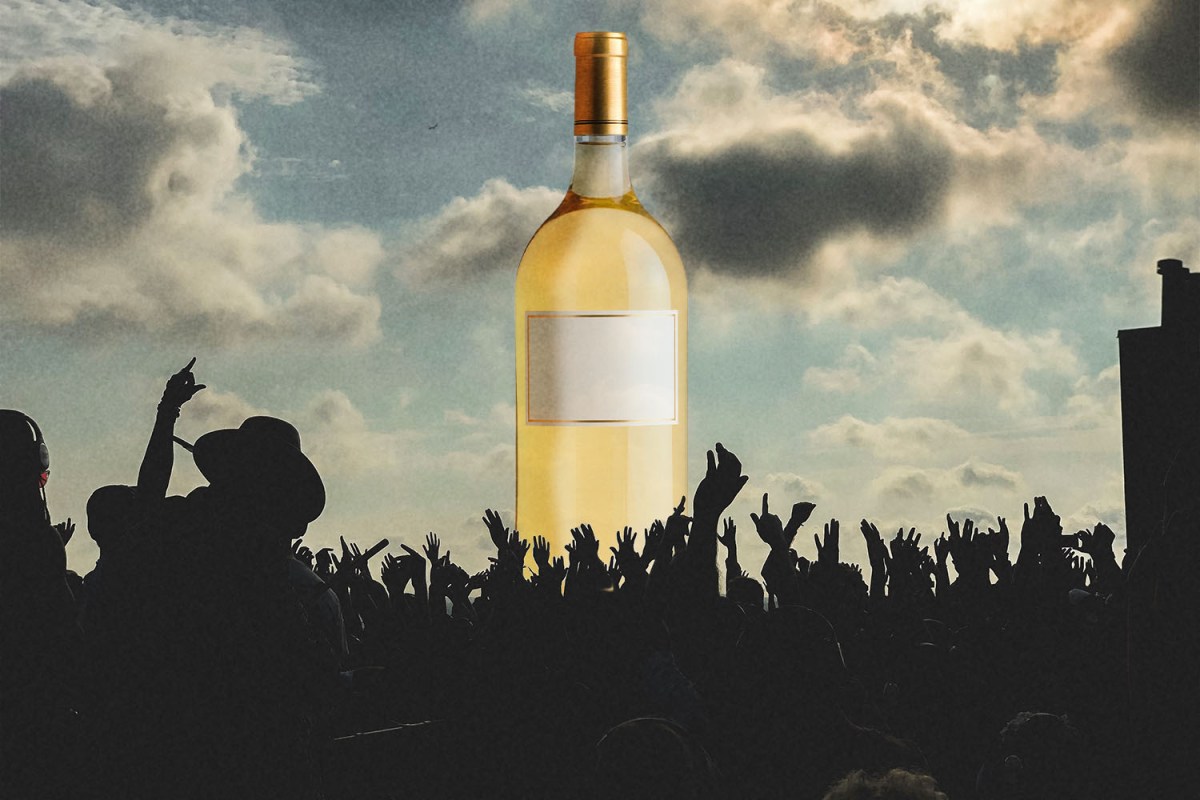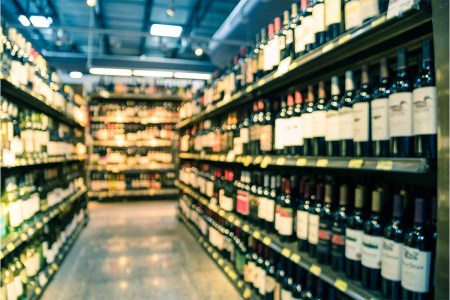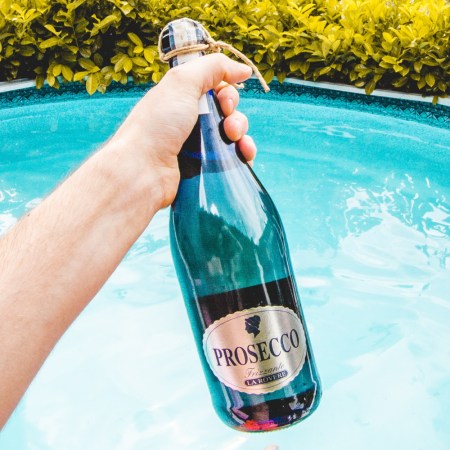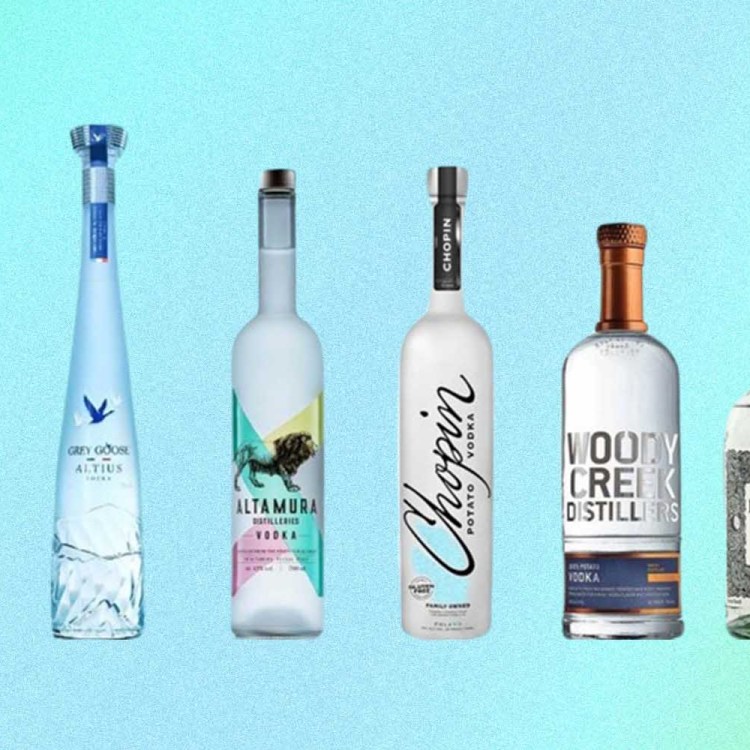A magnum hasn’t had its moment during the last few years. Stay-at-home drinking by definition doesn’t include a crowd, so larger-than-life wine bottles feel rather misaligned amidst a global pandemic.
But hear me out: don’t fear the magnum. “I love flights of mini cocktails and 187 ml Champagne bottles that fit perfectly in my purse,” Belinda Chang, a James Beard Award-winning sommelier, says. “But when it comes to bottles of still whites, rosés and red wines: Bigger. Is. Better.”
Of course, they’re party starters. “There are few bottles across the world of beverages that demonstrate a sense of party than a magnum,” Sam Bogue, wine director at Flour+Water, says. Essentially, wielding a 1.5-liter bottle is a very good idea for a crowd.
“Well besides their size and bombastic nature, if you’re dining with three or more people, you should be buying magnums,” Matthew Brodbine, beverage director of Pasjoli, says. He reckons that with a magnum, you get 10 full glasses or 20 half glasses, if you’re looking to pour a toast of something rare at a party. “Although honestly, even if it’s just myself and two others, I’m hunting for a magnum bottle of wine,” he adds. “It makes sense financially — and culturally — to buy that huge bottle of wine and crack it open.”
The 2022 InsideHook Holiday Gift Guides
A one-stop holiday shopAnd it’s reasonable from a quality standpoint. “On hot days or during warm summer BBQs, the thicker glass and larger volume will help keep the wine’s temperature controlled for longer,” Brodbine adds.
Magnums are also more stable in the long turn. “They hold up longer,” Kristen Goceljak, wine director at Crown Shy, says. “The rate of oxidation is much slower than a normal bottle of wine.” As there’s less surface area, the amount of oxygen that’s coming through the cork is much lower.
So you really should consider the weeknight magnum. Large bottles keep wines fresher for longer, so pop the cork, pour a glass (okay, a few) and slip it in your fridge door until tomorrow. Over the next few days, the wine will ebb and open, revealing a whole new personality.
Magnums also offer wildly undervalued age-ability. Theatrics of size aside, “The economic benefits of magnums are great, but the aging benefits are even better,” Brodbine says.
“Magnums are renowned for their ability to hold in the cellar because of the larger volume of wine seeing the same amount of micro-oxygenation through the cork, so the wine will mature more slowly,” Bogue says. “For certain styles of wine, this means that you truly can hand down a magnum from generation to generation if you have the patience.”
All sounds appealing, right? But with big bottles come a few considerations. These bottles are hefty and hard to pour, so exercise more caution than usual. “This might be obvious, but carry the bottles with two hands!” Goceljak says.
“Ditch the bravado,” Bogue says. “Open the bottle while it’s firmly seated on the table and, of course, don’t be scared to use both hands to pour. While there is nothing quite like a magnum to start a party, there is nothing quite like dropping and breaking a magnum to end one.” Or, decant the bottle with a good two-hand grip to avoid spillage as the wine flows through the evening. Charles Kirkwood of the Saratoga Wine Exchange puts a napkin or towel around the neck when pouring for greater control.
So what to drink? Kirkwood recommends Bordeaux, Burgundy, Barolo and high-acid California Cabernet Sauvignon for their age-ability. He also veers towards moderate-acid reds like Syrah, Grenache and, to some extent, Sangiovese.
The Wine Industry May Be Immune to Inflation
Prices have barely risen in these high-inflation times, which is good news for consumers but troubling for wine producersBogue leans towards crisp, mineral whites. “Muscadet, Chablis or even Txakoli,” he says. “These wines all have a more bright and steely quality that makes them easy to drink. You’re guaranteed to end up with an empty bottle by the end of the night.” He’s also a big Beaujolais guy. “It’s a one-stop shop for a family gathering, best served with a slight chill right out of the fridge,” he adds.
And of course, bubbles. “I think Champagne, and bubbles in general, are great in magnum format because people tend to drink bubbles faster than normal wine,” Goceljak says. “And this goes back to the fun and festive nature of the magnum. Champagne ages well in this format. There are great sparkling wines available in magnum format at an affordable price.”
Chang will argue you can’t go wrong with anything bottled in magnum form. “For the most part, only the ‘good stuff’ ends up in magnums,” she says. “Shopping for these bottles is a decent guarantee that you’re not getting the plonk. If you have friends like mine, that 750mL bottle won’t survive the first round of pours. And that’s no fun. Magnums mean fun!”
Some magnum options:
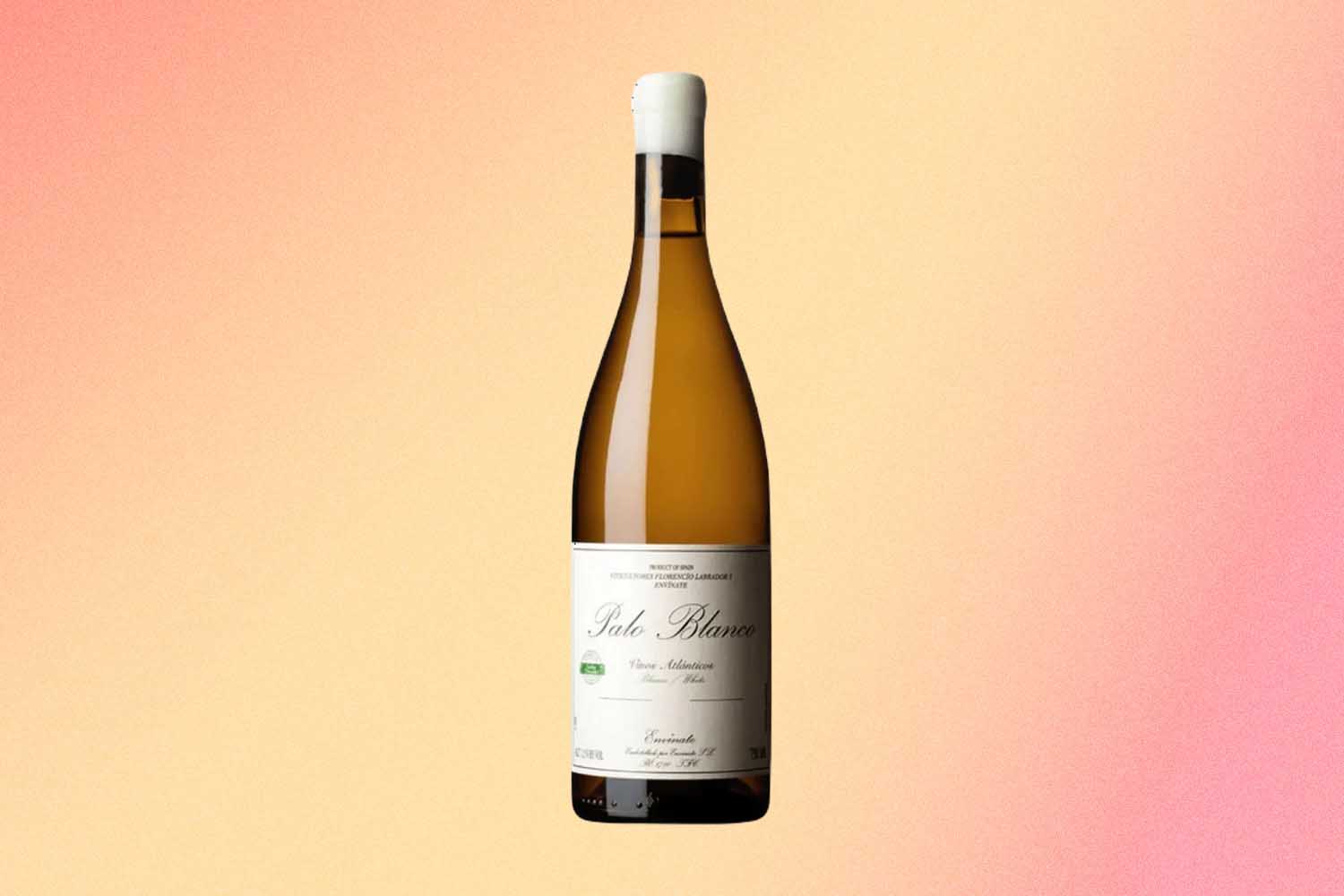
Envinate Tenerife Palo Blanco
Envinate quite literally translates to “wine yourself,” apropos for dealing with large-format bottlings. While this is a wildly special bottle — grapes are farmed from 100-year-old single-vineyard wines from the slopes of a Tenerife volcano — it’s delightfully refreshing, with floral aromas and vibrant acidity. ($129)
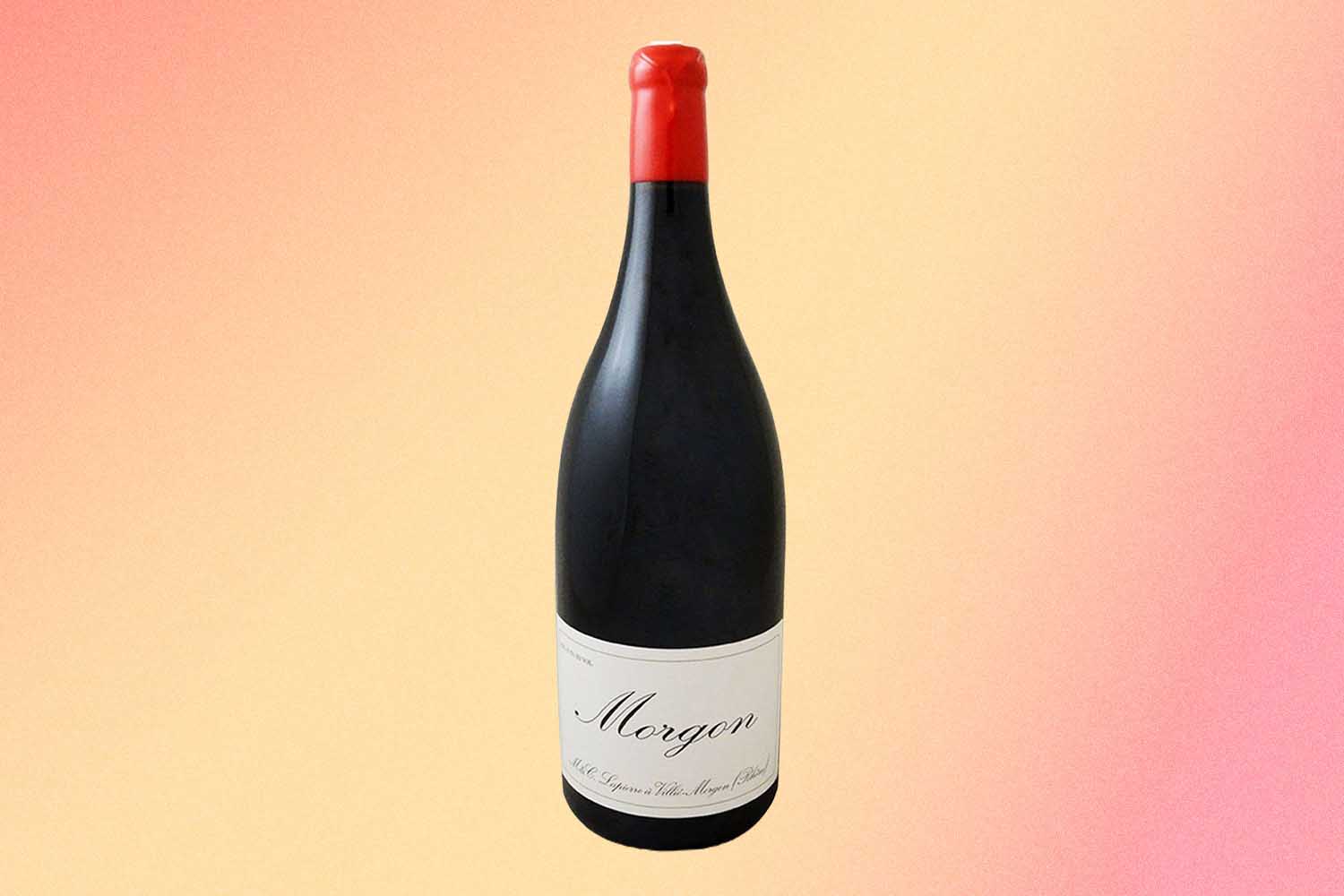
Marcel Lapierre Morgon
“I recently ordered a magnum of this for a friend’s birthday,” Matthews says. “Morgon wines can age longer than most of their Beaujolais counterparts but still should be drunk young. Although only eight years old at the time, it drank as though it had been vinified only a couple of years ago. Young, vibrant and bright, with crushed red fruit on the nose and palate — it practically jumped out of the glass.” ($87)
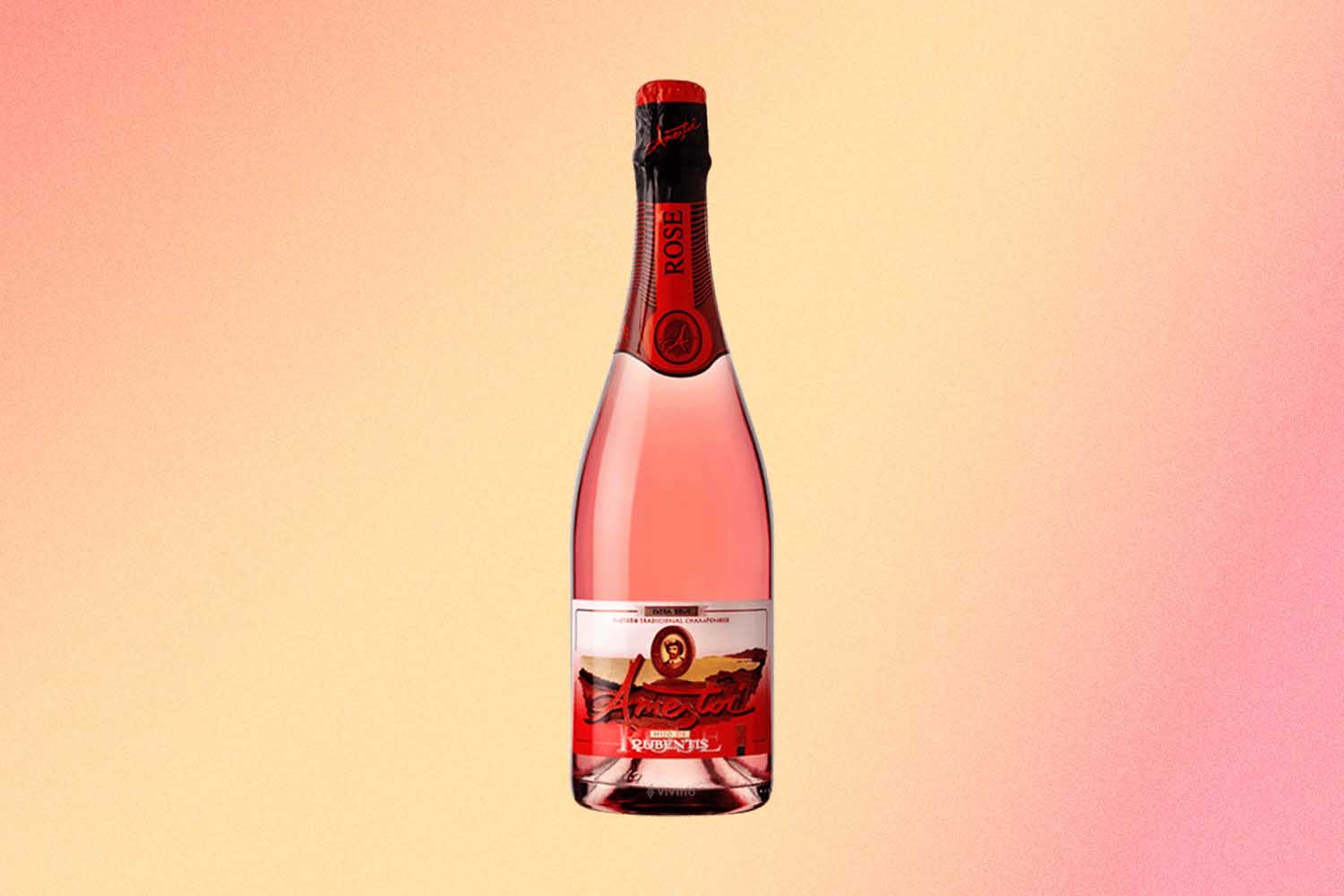
Ameztoi Hijo de Rubentis Sparkling Rose
“This is a great bottle,” Goceljak says. “It’s a fraction of the price of a magnum of Champagne, too. It’s a sparkling rosé from the Basque region of Spain, made in the méthode traditionnelle process with old-vine Hondarrabi Beltza grapes in the Northern region of Txakolina. Think low-alcohol, fresh acidity and bright red fruit. ($56)
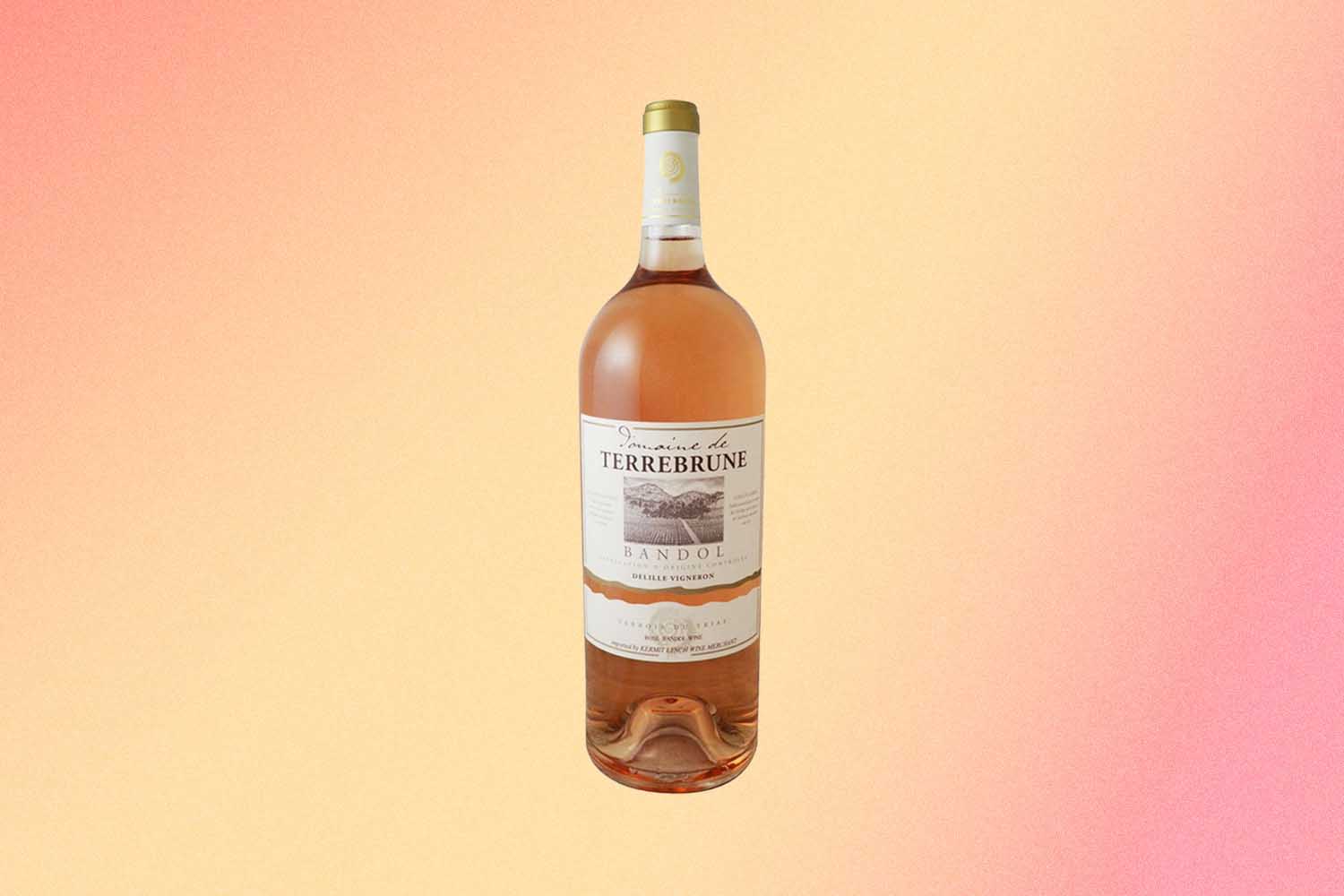
Bandol Rose Domaine Terrebrune
I’ve always said that Bandol rosé will ruin every other bottle from the category. It straddles a line between easy-drinking and elegant, with patio-crushing sensibilities and cellar-worthy standards. The wee commune in the Provence region boasts wildly complex rosés with structure and freshness. ($90)

Cantina Giardino Vino Rosato
On the absolute opposite side of the rosé spectrum, this Campania winery’s rosé is deep and cherry in color, veering Aglianico to a more low-effort angle thanks to high elevation, all-amphora aging. It’s light and lifted but tart and slightly savory — think electric smokey watermelon juice. The winery exclusively bottles its rosato in magnums, confirming its commitment to the category. ($45)
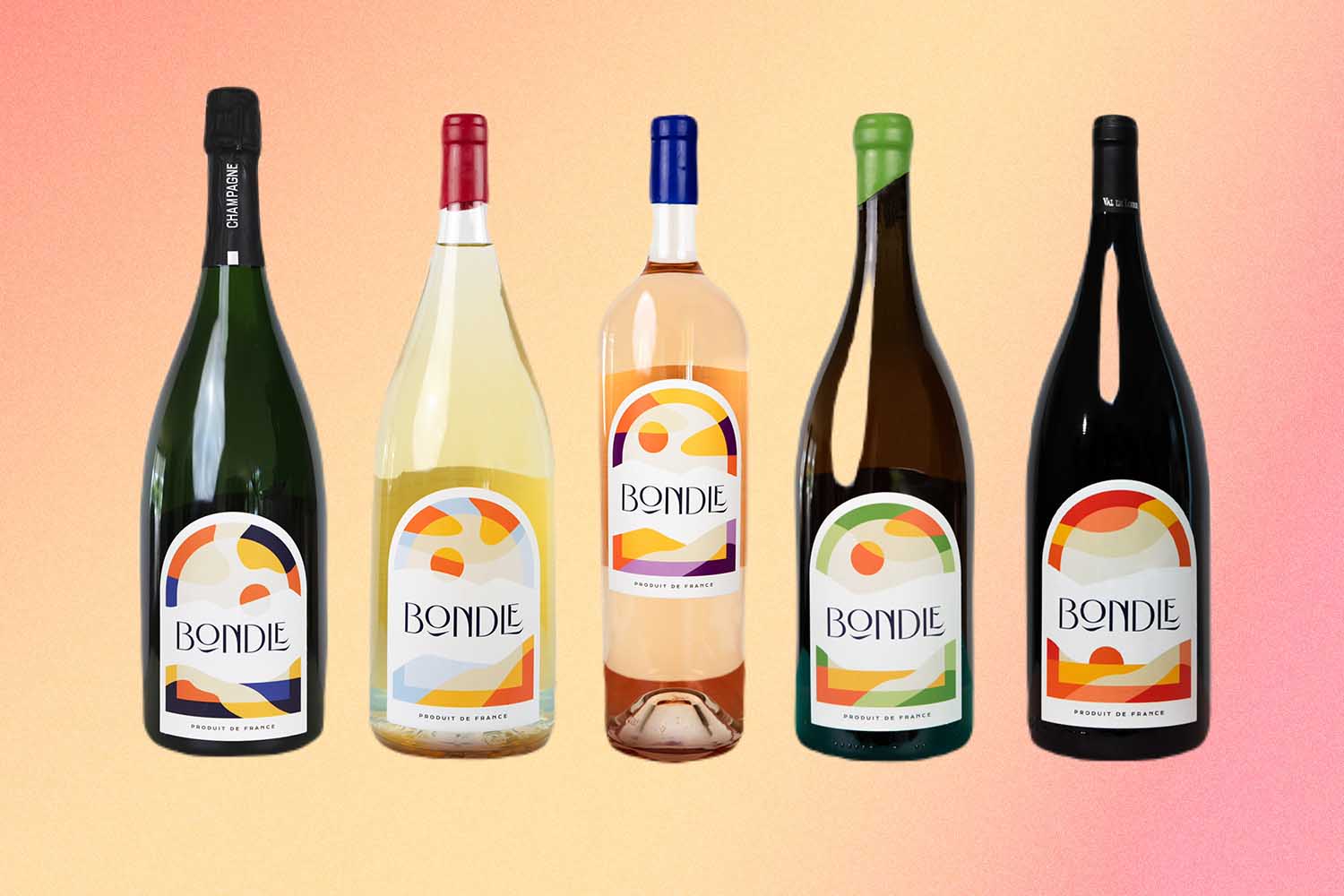
Bondle Skin Contact Wine
This new-kid wine project zeros in exclusively on magnums, partnering with small, family-owned wineries to bottle a rainbow of large-format bottles: red, white, rosé, orange and bubbles. Their skin contact calls for Carignan blanc macerated for three weeks for a high-tannin, big-herbaceous profile. Chill it down (that likely calls for a cooler) and pour it liberally, preferably with high-spice foods. ($114)
Join America's Fastest Growing Spirits Newsletter THE SPILL. Unlock all the reviews, recipes and revelry — and get 15% off award-winning La Tierra de Acre Mezcal.
